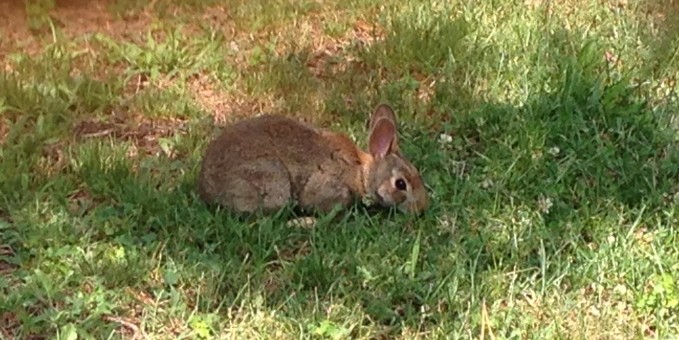Pesticides have been proven to cause reproductive and developmental damage in addition to cancer, kidney, and liver damage. People of all ages are exposed to pesticides when they breathe air where pesticides have been sprayed, when they drink contaminated water, or come into contact with areas where pesticides have been used on lawns, parks, lakes, and other open spaces. The best way to keep weeds and pests away from your grass is to create a healthy habitat. Here are some tips for keeping your turf healthy and strong:
- Plant the right type of grass: different seeds prefer shade and sun. Consider drainage, foot traffic, and soil type. Choose seeds for your climate.
- Cut your grass high to promote root growth, crowd out weeds, and thicken turf.
- Water deeply in the early morning, and only when needed.
- Build good healthy soil with lots of organic matter to hold water, nutrients, air, and microorganisms.
- Make and use compost. Rake on a fine layer of compost twice a year.
- Test your soil. Most lawn grasses prefer a pH of 6.5 – 7. Dandelions like a pH of 7.5. Raise the pH with lime, lower the pH with sulfur.
- Dig up invasive plants, or drown them in corn gluten in early spring.
If maintaining your own yard isn’t for you, you can also hire a landscaper who minimizes the use of chemical herbicides and pesticides. Check out Green Newton’s list of suggested landscapers. Read What To Know Before You Hire a Landscaper or Pest Control Professional. Better yet, embrace a biodiverse turf that is safe for children and pets. Plant less grass and make space for a vegetable or rock garden.
Resources:
- Chemical Free Lawncare, Toxics Action Center.
- Healthy Lawns, Healthy Lives: 7 Steps to a Healthier Lawn for You, Your Family, and the Planet, UVM Medical Center and Friends of Casco Bay (2013).



Recently on Twitter